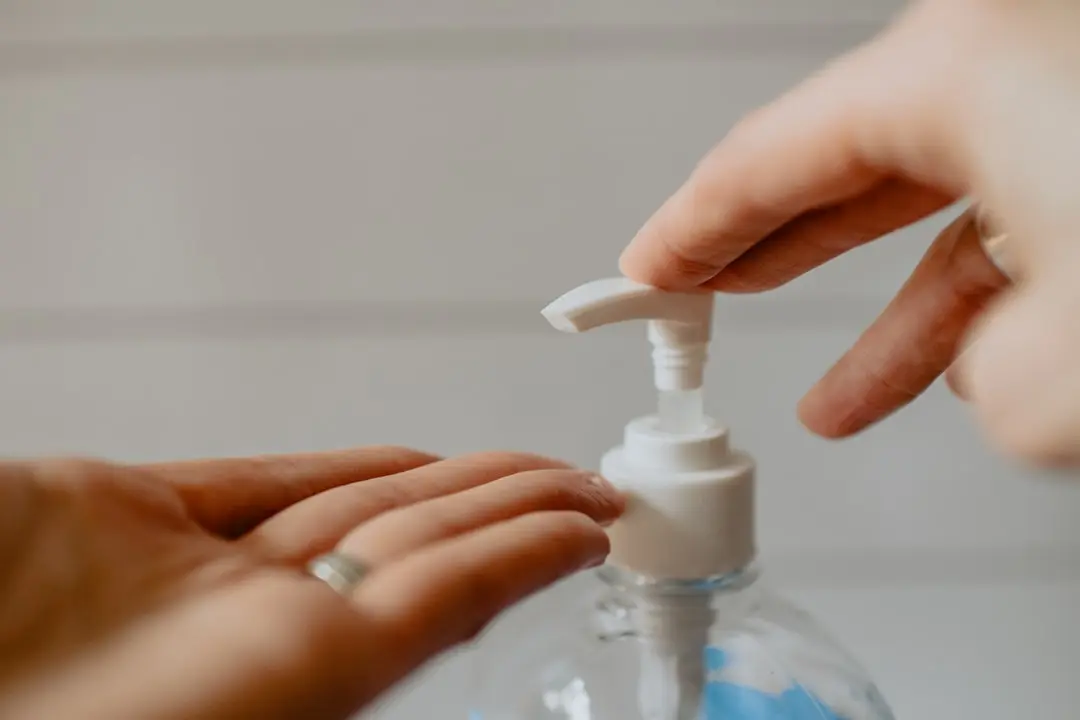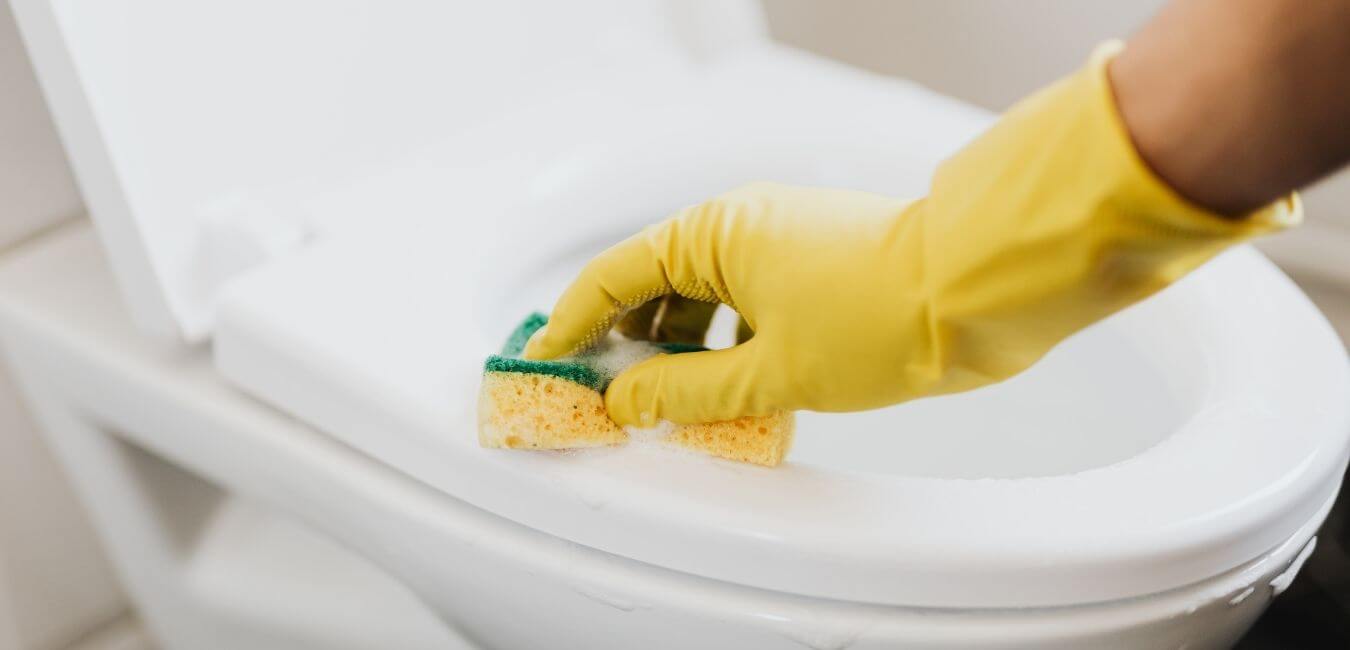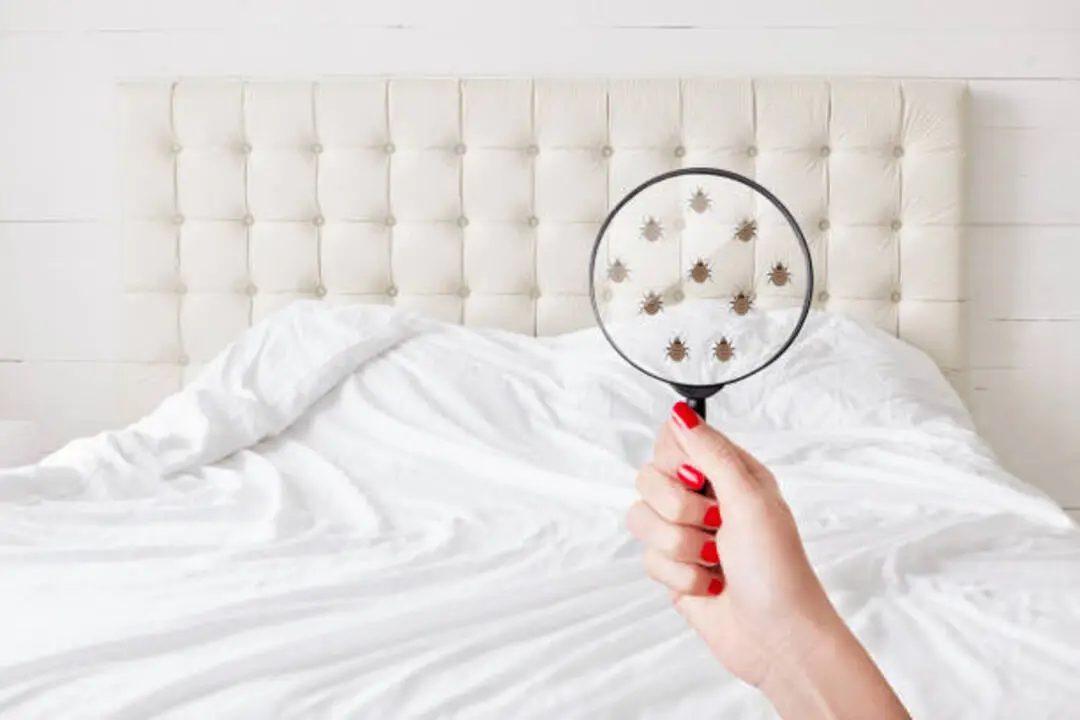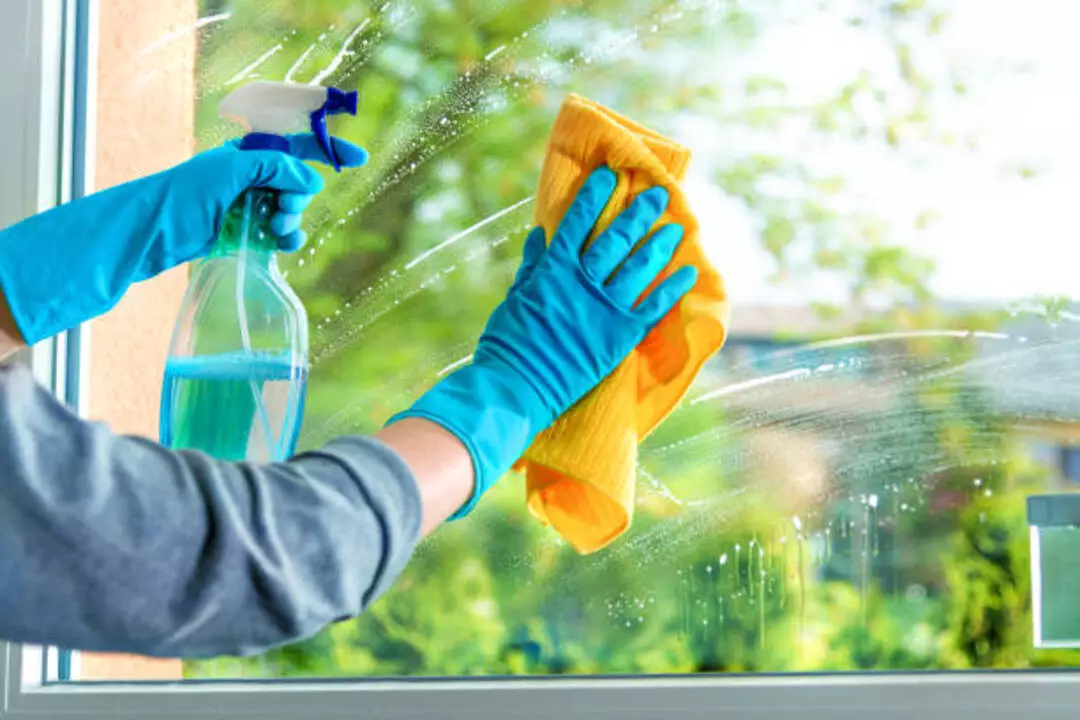Are you tired of constantly sneezing and itching, despite keeping your home seemingly spick-and-span? The culprit could be lurking dust and allergens affecting your indoor air quality.
This detailed guide will provide effective vacuuming strategies to minimize these invisible invaders, enhancing the cleanliness of your living space. Are you ready to breathe easier? Let’s dive straight into a world of allergen-free living!
KEY INFORMATION
- Vacuum twice a week in the most frequently used rooms to remove dust and allergens. Vacuum less-used areas at least once a week.
- Use the right attachments for different surfaces, like carpets and floors, to effectively eliminate dust and pollen particles.
- Pay attention to corners, crevices, curtains, and drapes where dust tends to accumulate. Consider investing in a vacuum cleaner with a HEPA filter to improve indoor air quality.
- Choose the right vacuum cleaner by considering factors such as type (upright, canister, stick/broom, or robotic), HEPA filters for trapping small particles, and disposable options for better allergen containment.
The Importance of Regular Vacuuming
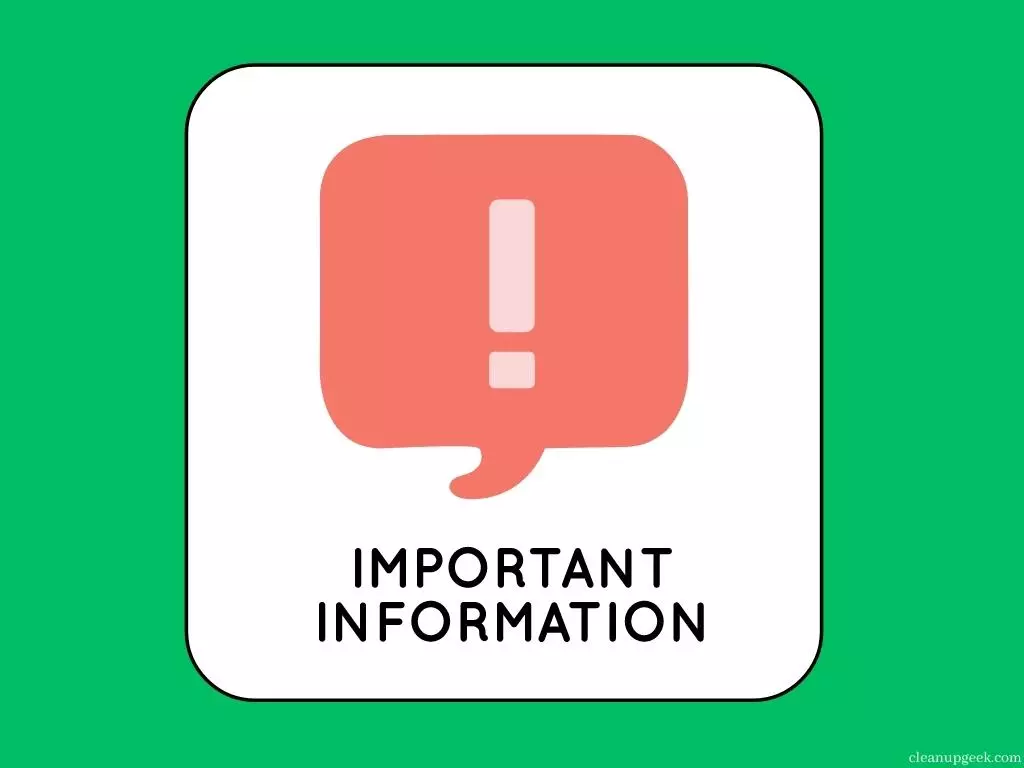
Regular vacuuming is crucial for maintaining a clean and healthy home environment, as it helps to remove dust, allergens, and other pollutants from your indoor air.
Vacuuming Schedule
You need to have a set day and time for vacuuming. This makes sure you do not miss it. First, clean rooms are used most often. These rooms gather more dust and allergens. It is best to vacuum these spaces twice a week.
Next, tackle less-used areas at least once every week. Make sure to keep track of what has been cleaned and when. Use this plan for all the cleaning work you do in your home.
Vacuuming Techniques for Dust Elimination
Regular and thorough vacuuming is crucial for reducing allergens in your home. To effectively eliminate dust, pollen, and pet dander, there are a few techniques you can follow. Start by using the right attachments for different surfaces such as carpets, floors, and upholstery.
For hard floors, use a floor brush attachment to pick up dirt easily. When vacuuming carpets, make sure to go over each area multiple times to remove embedded dust particles.
It’s also essential to pay attention to corners and crevices where dust tends to accumulate. Use a crevice tool or an upholstery brush attachment to reach these areas effectively. Additionally, remember to vacuum curtains and drapes regularly as they can harbor allergens too.
To further enhance the effectiveness of your vacuuming routine, consider investing in a vacuum cleaner with a HEPA filter. These filters trap tiny particles such as dust mites and pollen, improving indoor air quality significantly.
Choosing the Right Vacuum Cleaner
When it comes to choosing the right vacuum cleaner, there are a few factors you should consider.
Types of Vacuum Cleaners
There are different types of vacuum cleaners that you can choose from to reduce allergens in your home. One option is an upright vacuum cleaner, which is great for carpets because it has a rotating brush that can loosen dirt and pet hair.
Another type is a canister vacuum cleaner, which is more versatile and easier to maneuver around furniture. If you have hard floors, a stick or broom vacuum cleaner may be the best choice as they are lightweight and easy to use on smooth surfaces.
Lastly, there are robotic vacuums that can clean your floors automatically. No matter which type you choose, make sure it has a HEPA filter to trap small particles like dust mites and pollen.
HEPA Filters
HEPA filters are an important feature to consider when choosing a vacuum cleaner for reducing allergens in your home. HEPA stands for High-Efficiency Particulate Air, and these filters can capture tiny particles like dust mites, pet dander, and pollen.
They are especially helpful for people with asthma or allergies because they remove these allergens from the air as you vacuum. By using a vacuum cleaner with a HEPA filter, you can improve indoor air quality and create a healthier environment for yourself and your family.
So when shopping for a vacuum cleaner, make sure to look for one that includes a HEPA filter. It will help you keep your home free from allergens and breathe easier.
Disposable Options
When it comes to choosing the right vacuum cleaner for reducing allergens in your home, you might consider disposable options. Disposable vacuum bags and filters can be convenient because they can be easily replaced when full or dirty.
These disposable options help to trap and contain dust, pollen, pet dander, and other allergens more effectively than reusable filters or bags. By using disposable options, you can ensure that the trapped allergens are disposed of properly without releasing them back into the air.
This contributes to better indoor air quality and reduces the risk of allergic reactions. So if you’re looking for a hassle-free way to keep your home clean and allergen-free, consider opting for disposable vacuum bags and filters.
Additional Tips for Reducing Allergens in Your Home
Watch the tutorial
Title: Reduce Indoor Allergens and Asthma Triggers In Your Home
BY: AAFA National
To further reduce allergens in your home, make sure to launder your bedding weekly to remove any dust mites or pet dander that may be present. Additionally, controlling moisture levels and reducing clutter can help prevent the growth of mold and mildew, which are common allergy triggers.
Laundering Bedding Weekly
To reduce allergens in your home, it’s important to launder your bedding on a weekly basis. Dust mites and pet dander can accumulate on sheets, pillowcases, and blankets, which can trigger allergies.
By washing your bedding regularly in hot water (at least 130°F), you can effectively eliminate these allergens. Additionally, using hypoallergenic laundry detergents and drying your bedding at high heat can further help to remove dust mites and other irritants.
Remember to also wash mattress covers, pillows, and stuffed animals regularly for optimal allergy control in the bedroom.
Controlling Moisture
Moisture control is crucial for reducing allergens in your home. Excess moisture can lead to the growth of mold and mildew, which can trigger allergies and respiratory problems. To control moisture, make sure to fix any leaks or water damage promptly.
Use dehumidifiers in damp areas like basements or bathrooms. Additionally, proper ventilation is important in preventing moisture buildup. Open windows and use exhaust fans when showering or cooking.
By controlling moisture, you can create a healthier environment and reduce the risk of allergens in your home.
Reducing Clutter
To further reduce allergens in your home, it’s important to minimize clutter. Clutter can trap dust and make it harder to clean effectively. Start by decluttering your living spaces and organizing items in designated storage areas.
This will not only make cleaning easier but also create a cleaner environment overall. Additionally, avoid keeping unnecessary items on surfaces like countertops, tables, or shelves as they can collect dust quickly.
By reducing clutter, you’ll be able to maintain a cleaner home and minimize the presence of allergens.
Cleaning Tips for Allergy Sufferers
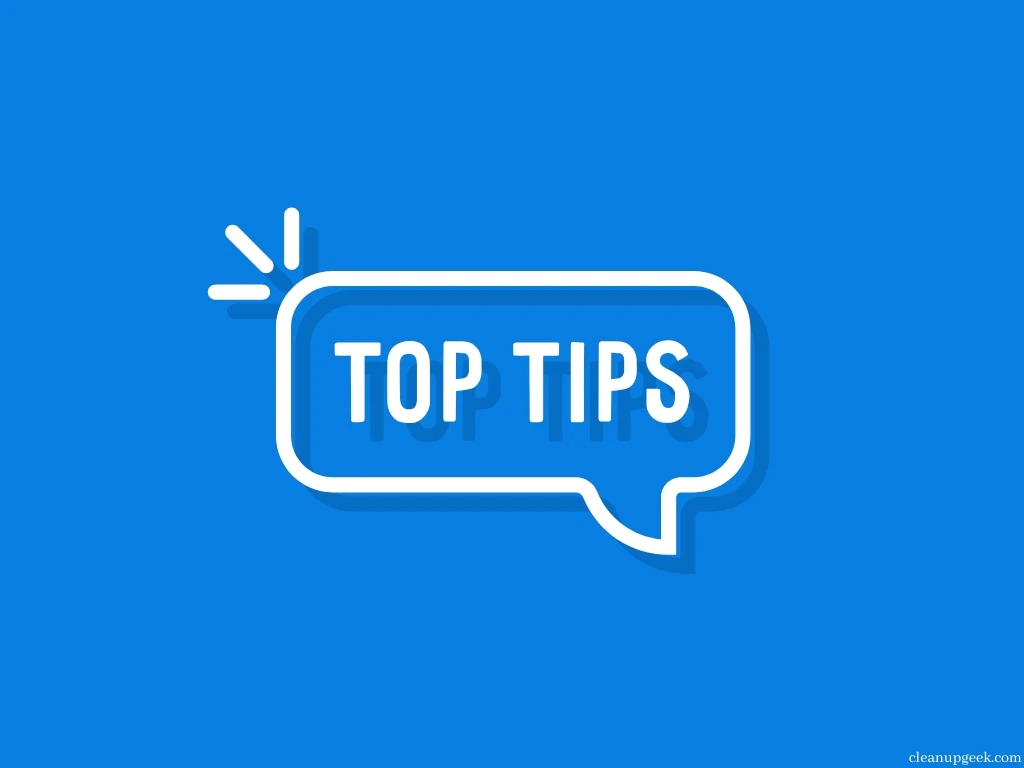
Protect yourself while cleaning by wearing a mask and using unscented cleaners. Don’t forget to clean the air and windows! Click here for more tips on reducing allergens in your home.
Wearing a Mask
To protect yourself from allergens while cleaning, it’s important to wear a mask. A mask acts as a barrier against dust and other particles that can trigger allergies. Make sure to choose a mask specifically designed for filtering out fine particles, such as an N95 respirator or a surgical mask.
These masks can help prevent inhaling allergens and keep your airways clear while you vacuum or clean. Additionally, wearing gloves and long-sleeved clothing can provide extra protection against skin irritants during the cleaning process.
By taking these precautions, you can minimize your exposure to allergens and ensure a healthier cleaning experience.
Using Unscented Cleaners
To further minimize allergens in your home, opt for unscented cleaners. Many scented cleaning products contain chemicals that can trigger allergies and irritate sensitive individuals.
By using unscented cleaners, you can effectively clean your home without the risk of aggravating your allergies or respiratory issues. Look for cleaning products that are labeled as fragrance-free or hypoallergenic to ensure they are free from added scents.
These types of cleaners will help maintain a healthier indoor environment by reducing the presence of potential allergens and irritants in the air.
Cleaning Air and Windows
To further reduce allergens in your home, it’s important to clean the air and windows regularly. Open your windows on dry and breezy days to let fresh air circulate throughout your home.
This helps remove indoor pollutants and improves air quality. Additionally, use an air purifier with a HEPA filter to capture airborne allergens like dust mites, pet dander, and pollen particles.
Remember to clean or replace the filter regularly for optimal performance.
When cleaning your windows, use unscented cleaners to avoid triggering allergies. Regularly wipe down window sills and frames to eliminate dust buildup. You can also use a damp cloth or microfiber cloth to clean the glass surfaces effectively.
By keeping your windows clean, you ensure that less dust enters your home through open windows.
Frequently Asked Questions

1. What are some effective vacuuming tips for reducing allergens in the home?
Vacuum regularly, keep your vacuum clean to control dust, and follow carpet cleaning techniques such as deep cleaning to reduce indoor allergens.
2. How can I minimize allergens at home?
Adopt allergy-proof cleaning habits like regular sweeping and maintaining a strict housecleaning schedule helps in minimizing allergens at home.
3. Can my bedroom also have allergens?
Yes! Regularly cleaning and maintaining your bedroom is key to reducing allergens there too. It is part of managing indoor allergies effectively.
4. Are there ways of removing pollen from the house?
With good vacuum cleaner maintenance, you can eliminate pollen along with other potential asthma triggers from carpets or any fabric items around the house.
5. Is it possible to make my house completely free from allergens?
While achieving an entirely allergen-free environment may be tough, following these effective vacuuming tips will greatly help in lowering and controlling them.
Conclusion and final thoughts
In conclusion, regular vacuuming is crucial for reducing allergens in your home. By following a cleaning schedule and using the right techniques, you can effectively control dust, pet dander, and other triggers that cause allergies.
Remember to choose a vacuum cleaner with HEPA filters and consider additional tips like laundering bedding weekly and reducing clutter. With these simple steps, you can create a clean and allergen-free environment for yourself and your family.
Say goodbye to sneezing fits and enjoy a healthier indoor space!
